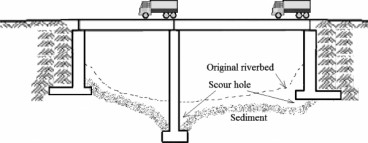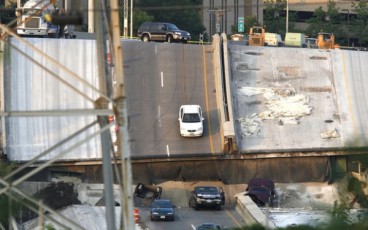Palghar’s Infrastructure Recovery of at least 85 roads and bridges: Rebuilding Connectivity After Monsoon Damage

Sources: palghar-identifies-85-flood-hit-routes, urbanacres.in, editorji.com, theprint.in
Want to read more like this story?

Challenges for sustainable road networks in UK
Jan, 10, 2021 | NewsPreserving road networks is a challenging and abiding task that requires both short-term and lo...

Catastrophic Bridge Collapse in Shaanxi: 15 Dead Amidst Severe Flooding
Jul, 19, 2024 | NewsIn Shaanxi province, a bridge collapse tragically resulted in the deaths of at least 15 people. The...

Bridge Collapses in Bihar: A Wake-Up Call for Infrastructure Resilience
Aug, 13, 2024 | NewsIncreasing Incidents of Bridge Collapses in Extreme Weather The alarming frequency of bridge colla...

Innovative Engineering Brings Aston Church Road Bridge to Its Final Position
Aug, 16, 2024 | NewsIn a significant achievement for Birmingham's infrastructure, a new 84-metre composite bridge was s...

How climate change is affecting the safety of bridges
Oct, 15, 2019 | NewsA new study, recently published in the American Society of Civil Engineers (ASCE) Jou...

New bridge design offers high earthquake resistance at lower cost
Sep, 30, 2020 | NewsA new study focuses on the implementation of new bridge designs that could provide earthquake resist...

3-D model may be the answer to the U.S. bridge maintainance crisis
Feb, 20, 2015 | NewsWith nearly 70,000 bridges requiring repair works across the U.S. and an estimated cost of $70 billi...
"Introducing the Berkeley Center for Smart Infrastructure", part of "The future of Infrastructure today!" webinar series
Oct, 15, 2023 | EventLecture date: Friday November 3, 9:00-10:00AM PST The “Future of Infrastructure today!” is a mo...

"Introducing the Berkeley Center for Smart Infrastructure", part of "The future of Infrastructure today!" webinar series
Oct, 13, 2023 | EventLecture date: Friday November 3, 9:00-10:00AM PST The “Future of Infrastructure today!” is a monthl...
Trending

Vertical gardens in Mexico City to combat pollution

Saudi Park Closed After 360 Big Pendulum Ride Crashes to Ground, 23 injured

Characteristics of Load Bearing Masonry Construction

Taipei 101’s impressive tuned mass damper

Dutch greenhouses have revolutionized modern farming

Federal court rules Biden’s offshore drilling ban unlawful


